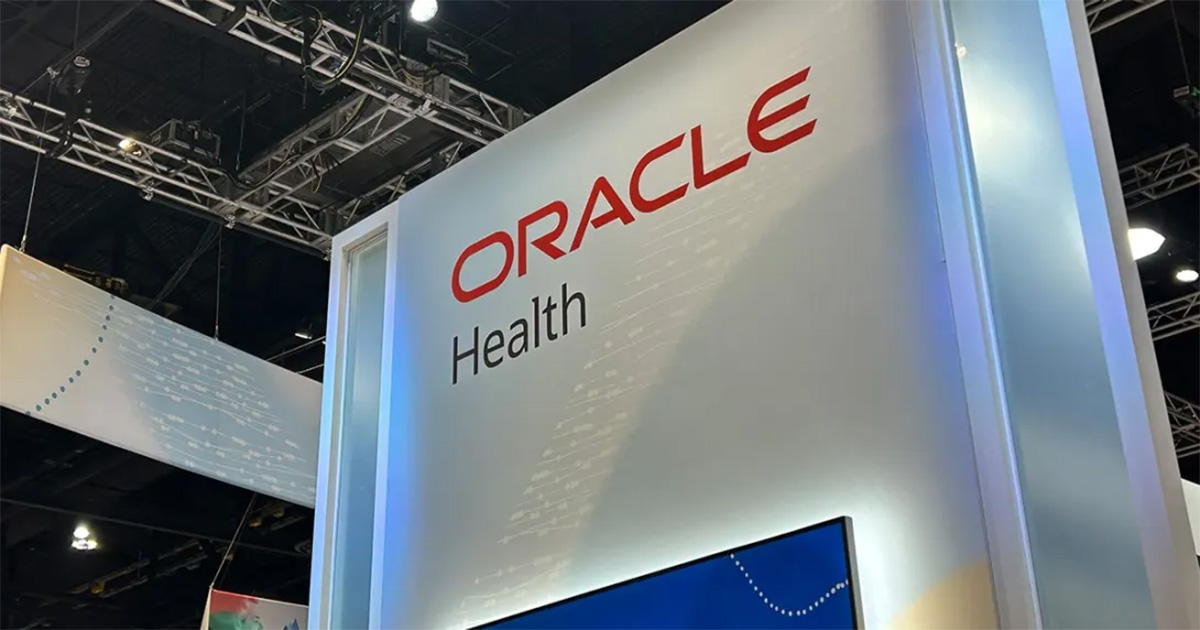The sprawling IT budget at the Department of Health and Human Services (HHS) makes it one of the most heavily funded civilian organizations in the federal government. And almost all of that money is being laser focused on data, and how to use it securely.
What kind of numbers are we dealing with? HHS’ FY15 top-level IT request is $8.63 billion dollars (about the same as last year), with approximately $7.5 billion aimed at maintaining existing systems. The balance will be used for development, modernization, and enhancement, to buy new software and systems and create new capabilities.
Major concerns across HHS focus on interoperability and meaningful use of health IT, fraud detection for cutting down on improper Medicare or Medicaid payments, building out the supporting infrastructure for Medicare and Medicaid innovation, establishing and strengthening the collaboration and research networks for the HHS scientific community. And, yes, the agency will continue to build, modify, repair, and support the health insurance exchanges established by the Affordable Care Act.
[See also: Federal agenices hampered by netowrk complexity.]
The four divisions that control most of the HHS IT budget are the Centers for Medicare and Medicaid Services (CMS), the National Institutes of Health (NIH), the Food and Drug Administration (FDA), and the Centers for Disease Control and Prevention (CDC).
Let’s look at each division’s plans for IT spending in greater detail.
CMS
Although CMS has requested $5.59 billion for IT in FY15, two-thirds of the top line number passes right through CMS, before going down to the state level for things like Medicaid support systems and state health exchange infrastructure. The real topline figure is around $1.84 billion — still larger than the IT budgets of most non-defense agencies.
How does CMS plan to spend that money? In particular, CMS is interested in two funded programs: Innovation Core Systems and the Healthcare Fraud Prevention Partnership.
Innovation Core Systems is creating a supporting infrastructure to provision a new payment model delivery.
They’re building out an entirely new environment, complete with business applications and development activities. CMS is still in the very early stages of this investment, so look for particular requirements around infrastructure, storage, application development, and systems management tools.
The Healthcare Fraud Prevention Partnership is in the early stages of building out a supporting infrastructure — in this case, for an information sharing partnership between CMS’s Center for Program Integrity and the private sector on the best ways to combat Medicare fraud. Unfortunately, this program is being held up by contract negotiations between CMS and an 8(a) business they had selected to provide support for this effort. It remains to be seen how that’s going to shake out.
NIH
The top line IT request at NIH is $689 million. There’s been a three-year decline in IT spending at NIH from $716 million in FY13 — a total decrease of almost $28 million in the last two years. That’s the result of cost-saving efforts, including increased centralization of IT infrastructure. Half of their appropriated spending goes to infrastructure, with the majority of the remainder being spent on mission services. The trend in NIH IT spending, like CMS, is about health IT, data, and business processes.
NIH programs start with the NIH business intelligence system. As the name suggests, this investment is funding a new business intelligence platform for back-end business processes across the agency. Requirements here are mostly around developing systems to track time and attendance, as well as data integration of legacy BI data.
NIH also plans to expand its private cloud offering. Requirements will hinge on storage, network performance monitoring, virtualization, identity and access management, IDS/IPS, and other technologies that accompany private cloud implementation and management.
FDA
FDA’s top line request is $485 million, flat from last year. Almost a quarter of FDA’s IT budget is development funding, which is high for a civilian agency. A priority for FDA in FY15 is implementing business process and workflow management tools to optimize system utilization and efficiency.
The Center for Drug Evaluation and Research (CDER) is the recipient of much of FDA’s appropriated IT dollars this year. CDER plans to use roughly $24 million to build a new suite of applications to support the pharmaceutical regulatory mission at FDA. Requirements run from data management (both structured and unstructured) to analytics and scientific computing. There’s an application development requirement here as well, since CDER plans to design large parts of this solution in-house. Look for business process management to be built in with the suite, since this system is going to handle a lot of disparate workflows that were previously managed under siloed legacy systems.
Another key FDA program is the IT Infrastructure and Data Center Management Investment. Major areas of focus here are cloud management and implementation, virtualization, and mobility tools — with FDA calling out specific goals to implement a mobile infrastructure and design a mobile device management capability in FY15. This investment also funds the platform that hosts a lot of FDA’s mission applications, and data center security tools.
CDC
The top line budget request at CDC is $428 million (down from $452 million in FY13). CDC is one of the most active users of health IT in HHS. They’re concerned with information sharing between CDC labs and hospitals that can be tied in with individual health records, so data integration and information sharing infrastructures are important requirements.
Complex analytics tools to address the scientific challenges facing the CDC research population are a requirement. Particular emphasis is coming down from Capitol Hill on CDC’s homeland security mission, which uses analytics to monitor and predict the potential spread of bioterrorist attacks.
A major point of emphasis is increasing network bandwidth, with CDC looking to increase throughput capacity by 20 percent year over year.
So what now?
Data is going to be critical to HHS as it evolves its mission and ways to pursue it.
Along with all that data comes universal requirements for security. Whether it’s individual health records, advanced medical or clinical research, or payment data between HHS and Medicare providers, virtually all the data handled by the department is sensitive and requires strong protection.
HHS will need to focus its spending decisions on the meaningful use of technology as it redefines the way healthcare will be addressed today and tomorrow.
Chris Wiedemann is a senior analyst with immixGroup, focusing on HHS. He can be reached at Chris_Wiedemann@immxgroup.com.
Related articles:
6 ways tech can improve caregiving and family support


